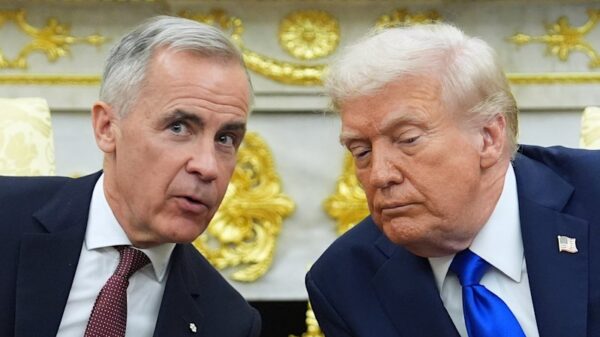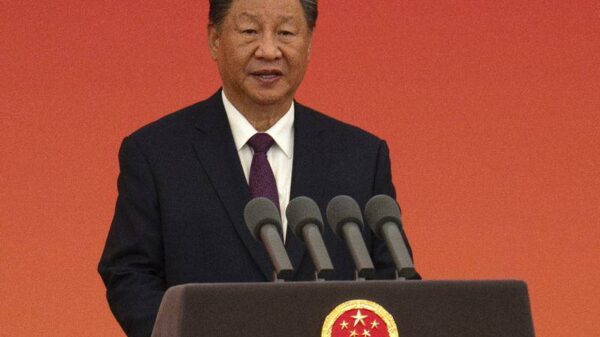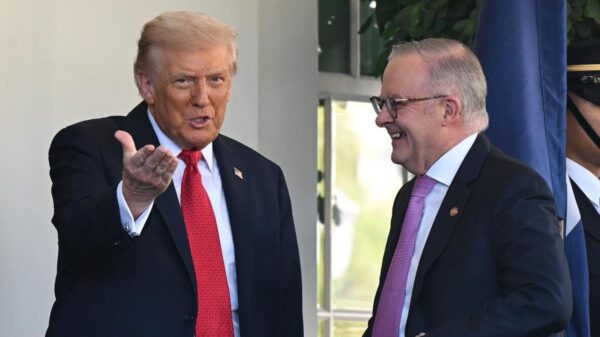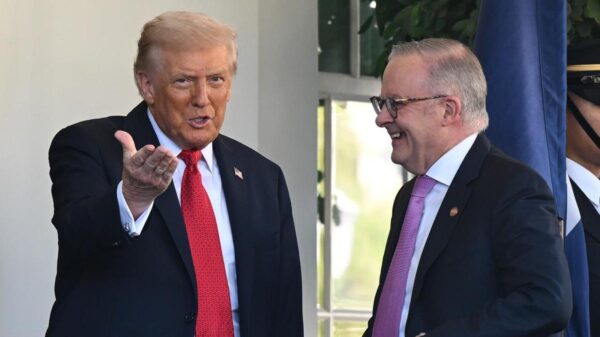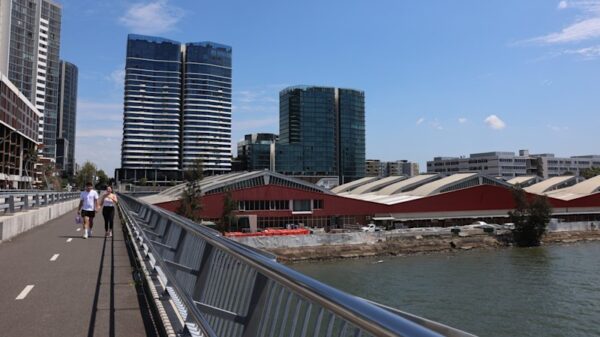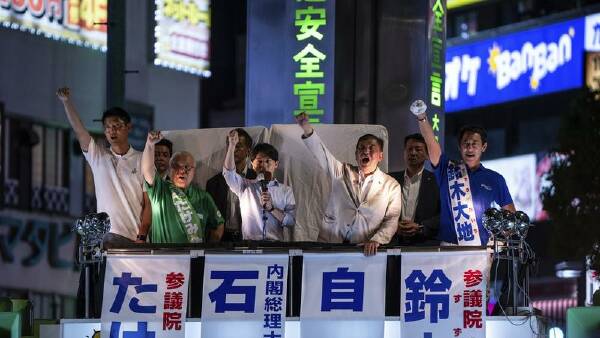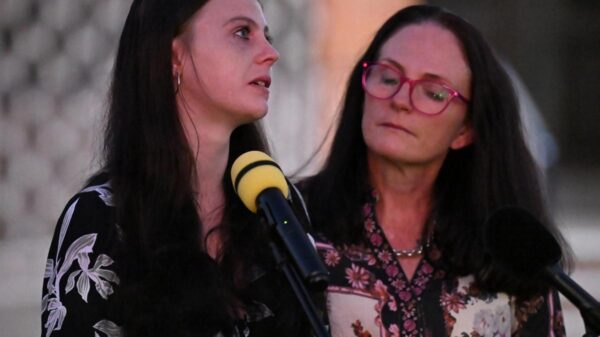Japan’s ruling coalition, led by Prime Minister Shigeru Ishiba, is projected to lose its majority in the upper house following recent elections, according to exit polls. This outcome could intensify political instability as the nation approaches a crucial August 1 deadline for a trade agreement with the United States, which could result in significant tariffs if not met.
The election, which took place on Sunday, involved half of the 248-seat upper chamber being contested. The coalition, comprised of the Liberal Democratic Party (LDP) and its partner Komeito, needed to secure at least 50 seats to maintain control. Early estimates from public broadcaster NHK indicate they are expected to gain between 32 and 51 seats, while other media sources suggest a range of 41 to 43 seats. If the coalition fails to secure more than 46 seats, it would mark its worst performance since its establishment in 1999, compounding the challenges faced after losing control of the lower house last October.
The results leave Ishiba susceptible to potential no-confidence motions, which could lead to the collapse of his administration and the calling of new general elections. Analysts have noted that opposition parties advocating for tax reductions and increased welfare spending are likely to gain ground. Rising consumer prices, particularly the surging cost of rice, have emerged as pivotal issues for voters.
“The LDP was largely on the defensive in this election, being on the wrong side of a key voter issue,” stated David Boling, a director at the consulting firm Eurasia Group. He highlighted that many households are calling for a reduction in the consumption tax to combat inflation, a stance the LDP has opposed. This sentiment has allowed opposition parties to effectively capitalize on the situation.
Meanwhile, the LDP continues to push for fiscal prudence, concerned about investors’ apprehensions regarding Japan’s capability to manage the world’s largest national debt. As the nation grapples with these economic pressures, the looming deadline for a trade agreement with the United States adds to the anxiety. Failure to reach a deal could impose severe tariffs on Japanese exports, further straining the economy.
Among the notable developments, the populist Sanseito party appears to be one of the election’s significant winners. Forecasts suggest they will gain 10 to 15 seats, a substantial increase from their previous count of just one. The party’s “Japanese First” platform and its rhetoric regarding a “silent invasion” of foreigners have resonated with certain voter demographics, moving previously fringe ideas into mainstream dialogue.
A voter in Tokyo’s Shinjuku ward, Yu Nagai, a 25-year-old graduate student, expressed concerns about the growing presence of foreigners in his environment. “When I look at the way compensation and money are spent on foreigners, I think that Japanese people are a bit disrespected,” Nagai remarked after casting his ballot for Sanseito.
As the dust settles from the election, Japan’s political landscape remains precarious. The results not only reflect voter dissatisfaction but also set the stage for potential shifts in policy direction amid pressing economic challenges and international pressures. The coming weeks will be critical for Ishiba and his coalition as they navigate the implications of this electoral outcome.






